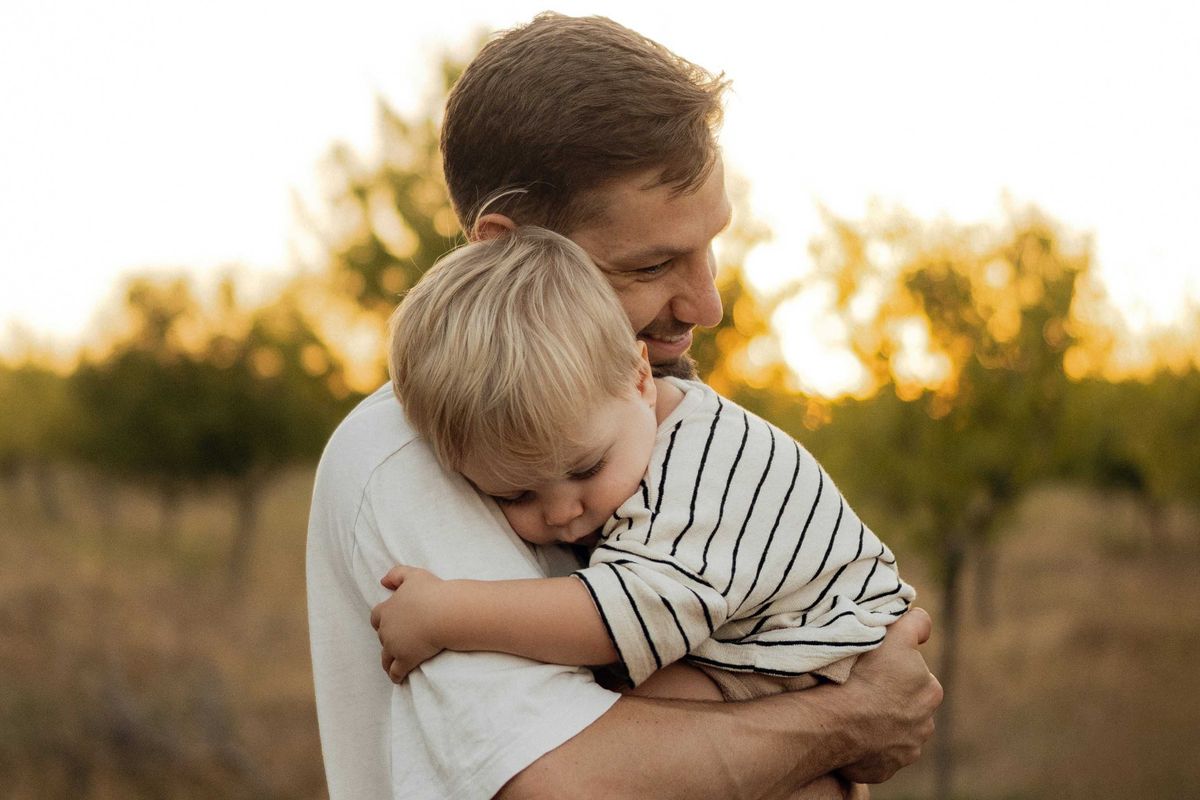Can violence be prevented with kindness and compassion? This teacher says it's a start.
Kaitlin Roig-Debellis had never felt more terrified than she did on December 14, 2012.
All photos courtesy of L'Oreal Paris.
At 9:30 a.m., she was leading her first-grade class in their morning meeting at Sandy Hook Elementary when she heard gunshots. "There was not a moment of pause or hesitation," says Roig-Debellis. "I knew it was a weapon and I knew it was coming into our school."
Roig-Debellis herded all of her students into the classroom's minuscule bathroom. She used a storage cabinet to barricade the door. She recalls worrying that not all of the children would fit, and that she wouldn't be able to save all of the children that had been entrusted to her care.
"I felt absolutely helpless," she says.
Thankfully, Roig-Debellis's class was rescued by a SWAT team 45 minutes later. While she and her students were physically unharmed, many others at Sandy Hook were that day, and the event completely changed the teacher's outlook on life. It robbed her of the person she'd been before the tragedy.
"My sense of safety and security were gone," she says.
When she looked in the mirror in the weeks and months following the shooting, she couldn't find the intensely independent person she'd been. She'd become afraid of everything.
"I realized that wasn't a way to live," she says.
As an educator, Roig-Debellis knew what she had to do. In order to help herself and her students heal, she had to turn tragedy into a teachable moment.
After the shooting, people all around the world began sending the students and teachers of Sandy Hook letters and presents to show their support and offer condolences.
The gifts, Roig-Debellis remembers, were an inspiration. They helped her realize how many people cared and how important it was to foster connections — not just in her own community but with the rest of the world.
Roig-Debellis is a staunch supporter of stricter gun laws, but she also recognizes that policy is only part of preventing violence. She believes that kindness and compassion are also essential to help ensure safety in schools and beyond. And she knows that helping kids understand that they're part of a global community is an important part of making that a reality.
So, a year after Sandy Hook, Roig-Debellis launched Classes4Classes — a non-profit that's bringing social-emotional learning to the forefront of the primary school curriculum.
Classes4Classes is a social network that allows classrooms all around the country to connect with each other and show off the work they've been doing — giving students a chance to see how students across the country are both like them and different.
More importantly, the network allows classrooms to support each other by giving gifts that improve students' ability to learn. Teachers post what they need on the site and other classrooms help raise awareness in order to inspire donors to help fund these gifts. Then, the class receiving the gifts pays it forward (or 4ward in Classes4Classes parlance) by raising awareness and funds for another school in need. The lesson? That we're all stronger together and kindness is a bond that's not easily broken.
"We try to inspire and encourage children that kindness is the right choice," Roig-Debellis says. "What you put out you get back."
For Roig-Debellis the success of her non-profit is a clear sign that she has to keep pushing forward, spreading her message of kindness and compassion throughout the world.
Since the site went live, Classes4Classes has helped raise thousands of dollars for schools nationwide. Roig-Debellis, who heads the organization, has also had great success. She's written a book, is a popular speaker and had been named a L'Oreal Paris Woman of Worth for her bravery and transformative work. The prestigious honor has been awarded to 10 women annually since 2005 who've demonstrated both a fierce passion and dedication to their community.
For the educator, though, what's most important is the impact she's had on children. Making the world a kinder, safer, more connected place is what gave her her life back. Teaching kids that they're worth it every single day is what keeps her going.
"What happened on that day was so full of hate and, in my opinion, so full of loneliness," she says. "For me, connecting kids to care about one another is the greatest thing I can do."
To learn more about Kaitlin Roig-Debellis and Classes4Classes, check out the video below.




 Beaver on riverbank.
Beaver on riverbank.  Pbs Nature Swimming GIF by Nature on PBS
Pbs Nature Swimming GIF by Nature on PBS  An actual beaver dam on the now-thriving Price River
An actual beaver dam on the now-thriving Price River 
 A bathroom sign.via
A bathroom sign.via  A public restroom.via
A public restroom.via 

 a piece of paper with a heart drawn on it Photo by
a piece of paper with a heart drawn on it Photo by 
 Father holding his sleeping son. Photo by
Father holding his sleeping son. Photo by  Eric Guzman poses with his son Colby.Photo Credit: Eric Justice Guzman
Eric Guzman poses with his son Colby.Photo Credit: Eric Justice Guzman